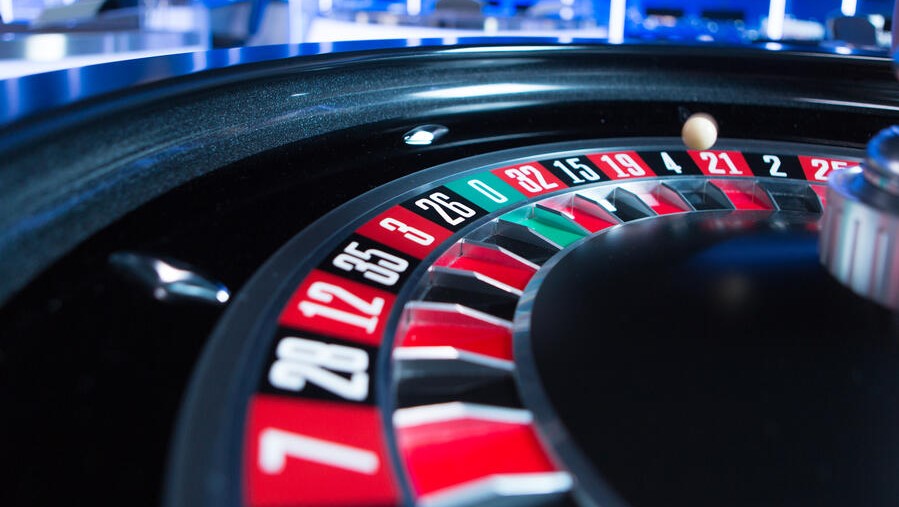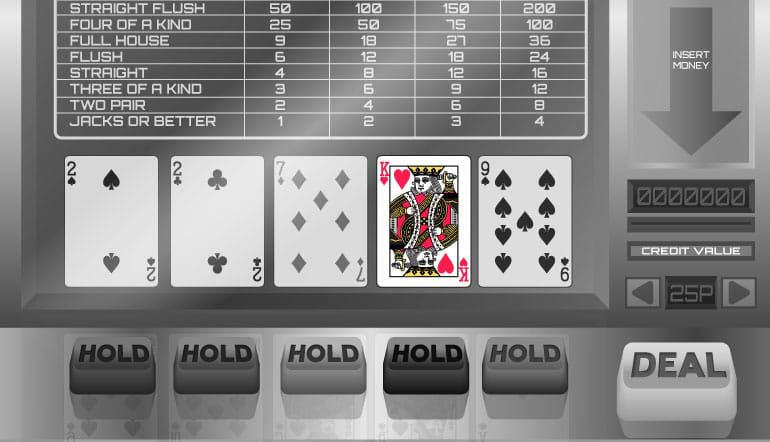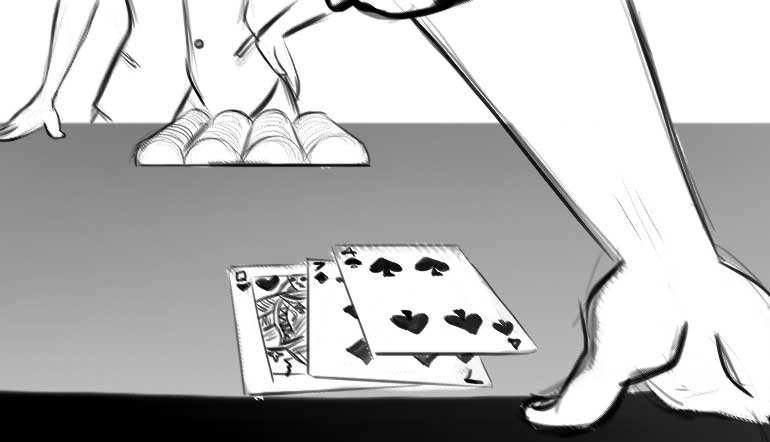With apologies to the great psychologist and philosopher William James (1842-1910), author of the famous book The Varieties of Religious Experience: A Study in Human Nature, I think there are a variety of powerful roulette experiences casino players feel. Some for the good and some of them for ill.
Are these roulette feelings of a religious nature? Well, some players will claim they feel warm feelings as they play the game, having nothing to do with drink.
Some say that they feel “out of themselves” or in “another realm.” A few have thought the game of roulette, once they have played for a little while, feels like “another world.”
Dare I actually compare roulette feelings with religious experiences? Does that reference hold any real intellectual water in the world of ideas? I don’t know.
But the varieties of roulette’s emotional experiences are certainly real and often quite powerful. And these experiences aren’t just limited to “Did I win?” or “Did I lose?” the last decision. They seem to have a deeper meaning.
So, is more going on? I think so.
When a player gets so caught up in a game in a general way as defining him or herself as “I am a roulette player,” or in a particular way, “tonight is a great night,” we know much is flowing through his or her emotional veins.
I believe players’ emotions are the key to playing casino games, or any games for that matter, but the emotions that dig deeper and deeper into the psyche. These make the game something far more than just a game. There might be a separate reality to the experience of the game for such players than for less deeply involved players.
[Please note: I am not just sticking to William James’ list of religious experiences from a roulette angle. In truth I do not think we are dealing with religion here in any way, shape or form. But I do think we are dealing with deep senses. You might find that many of these senses seem similar to meditative states.]
Table of Contents
The Explosive Experiences
The first and most obvious emotional state while one plays roulette is probably the most upfront expression of one’s inner self. Players want to win and hate to lose. And they often show big reactions to good or bad moments.
When they lose, they might moan, shout words about their discouragement or just sit in a semi-angry or stupefied state. It isn’t too hard to know what they are feeling. They are wearing their emotions on their sleeves so to speak.
Certainly, roulette can be a leisurely game and many players have developed a relaxed attitude toward certain losing streaks since such are a large part of the game. Players betting on the inside straight-up numbers probably have a losing capacity that doesn’t see them fly somewhat off the handle when they lose sequences in a row.
However, if the losing streak becomes so prolonged that it passes their ability to handle without responding then they will definitely respond. When you play roulette, just look around at all the players and you might be able to read their upcoming explosions starting to show on their faces. A few more losses and boom!
Nancy from Henderson, Nevada, put it well: “I feel almost as if the world has turned against me when I have really long losing streaks. It is almost like I am out of step with the universe. My husband doesn’t feel that; he just gets angry. I get depressed and sad.”
Winning can be even more explosive and deeply felt than losing.
A direct hit on a single number played directly inside with a 35-to-1 payout can bring immediate and loud shouts of joy. A sequence of such wins, with only a few losses in between these, can create such an excitement in players that they seem supercharged with emotion.
Johnny explains it this way: “I actually seem to be trembling if I have hit a few numbers in a very short period of time. I am actually trembling a little in these moments. You can see it in my hand when I make my next bets or raise the amount of my current bets. It’s like being possessed by the spirit of goodness. I know that sounds nuts but that’s how I feel.”
The Oceanic Experiences
We are all aware of the emotional experiences of our fellow players as described above but there are more subtle varieties of roulette emotions. These seem to transcend into meditative levels of consciousness.
After sitting at a roulette table, players who enjoy watching the ball spin around the wheel, land, hop, skip, and jump the pockets can get into a mesmeric state. It almost seems as if the roulette wheel is a hypnotic trinket, a rather large one at that. Wins and losses aren’t as important to these players.
Janice explains, “I meditate every day and when I am at the roulette table and I can see the wheel clearly, I feel that I fall into a meditative state as real as the ones I have when I am actually meditating. I am calm and going with the flow of the game.
“I am not upset or agitated even when I am losing at any given time. Even if I am winning at any given time, I am in that calm state. It’s like floating in the salty ocean. That’s the best example I can give.”
[Please note: This deep calm has been mentioned to me by some other players in my over 30 years of playing the game. Are these feelings real? Sure, why not? One can get into these states, not just during a game such as roulette, but I have heard basketball and baseball players sometimes talk about a deep calmness inside themselves when things are going “just right.”]
Dreams and Visions
I am not talking about saints and prophets talking to a divinity here. There is no burning bush or the feeding of the multitudes with several loaves and a few fishes.
I am guessing the next steps that are somewhat deeper than the oceanic experiences have to do with dreams and visions. No, no, not by players who have taken drugs or have had so much alcohol that they can’t tell the difference between ups and downs.
If you are in a relaxed state as the game progresses, you might feel your mind offering you sequences that can be called waking dreams, where time seems to slip away. Images form in your mind that seem similar to the images that form when you are just about to drift off to sleep.
Sometimes these images seem almost real. You might call them visions.
Can such images be caused by watching the wheel? Does it put you into the proper frame to go deeper inside yourself?
Paulie Q. said, “Maybe after about an hour of play, I really do drift off. It does seem as if I am dreaming. I don’t lose sight of the game, it’s just that the game seems a little far away. As if I am a part of it and I am also not a part of it. Funny. It doesn’t have anything to do with whether I am winning or losing. It is almost like sleep, almost.”
[Please note: The one caveat about this dreaming or visionary state is that the people who have mentioned this to me all watch the wheel during every decision. They are not just looking at the layout. The wheel seems to play a big part of this emotional state.]

The Vanishing of the Mathematical Elements of the Game
Roulette is math. All casino games are math. That’s how the casinos beat the players. They have structured their games so that they must, in the end, win the players’ money.
True the packaging of the games doesn’t look like math. Even roulette, which is a game about numbers and groups of numbers, about colors and such, is really about shorting the payouts on player wins or winning more decisions than the players.
[Please note: The payout of 35-to-1 on a direct hit on a number is not the true payout in any casino roulette game I have ever seen. In the European game, the payout would be 36-to-1; on the American game, it would be 37-to-1 and on the abominable triple zero wheel (0, 00, 000) the true payout should be 38-to-1. The casinos win more decisions on the even-money bets and the other proposition bets because the player loses when the zeroes appear.]
I am guessing that some players tune out the fact that the casino has a mathematical edge over them and instead fall into reveries about what is to happen, what may happen, what they want to happen and react to that. I sometimes wonder how many players actually know how the casinos create their edges over the players.
How can players forget that or never learn that? Easy!
Todd from Long Beach, New Jersey, is a roulette aficionado. He knows the game well. Yet, when he plays, “I forget everything I know or have learned about the game. It is almost like the numbers all become magic and the propositions are like trying to cut down stalks of corn or fruits from trees.
“I play trend bets and I go with groupings that I think will hit. These groups are not on the wheel but merely on the layout. I get caught up in the irrational elements of the game. You can ask me the math. I know the math. But when I play, zip!, the math vanishes and I am in a childish state. Maybe you can call this a primitive state of mind.
“Here is what gets to me: I play as if what I am doing makes sense. And none of it makes sense. I bet more money than I should and I increase my bets without any real reason to do something such as that. I don’t even second guess myself. It is so weird.”
Jim, of Los Angelis, expressed similar ideas: “Knowing the game is not enough to influence how you play the game. Believe me I am a case in point on this.
“Why would I bet a whole bunch of inside numbers at once when I can get a grouping of numbers with one bet on a proposition outside? I ask myself that question but I never ask that question when I am playing. I ask it now when I am talking to you or when I go home the next day. Why not just play the game in a way that keeps the casino’s edge at bay? I’d love to know why my mind reacts like that. In my real life I don’t act like that at all.”
What About Me?
Talking to these players offered me a way of looking at roulette as I had never really done before. Yes, I know that many players have no idea of how the edges are achieved by the casino but that is not a change of thought for them.
It is basically no thought for them. You can certainly play casino games without thinking.
When I play, I do not go into any kind of reveries or dreams or visions. I don’t get oceanic feelings, nor am I floating in a salty ocean.
Yes, I do get happy when I win and I do get disappointed when I lose. But neither of those feelings is all that strong because my betting is truly contained. I bet against my 401G bank account which is an account where I keep my casino playing money.
But I do watch other players when I play and I do talk to them to find out what they are thinking or not thinking when they play. I find there’s a lot to learn from them.
All the best in and out of the casinos!







